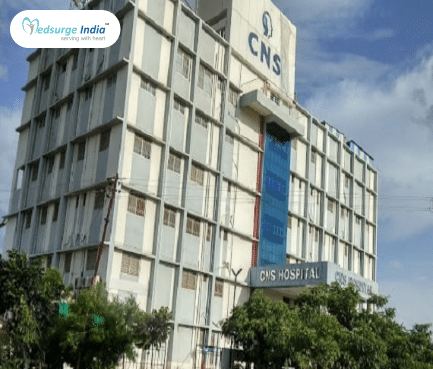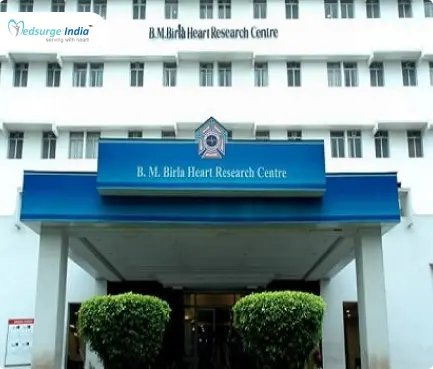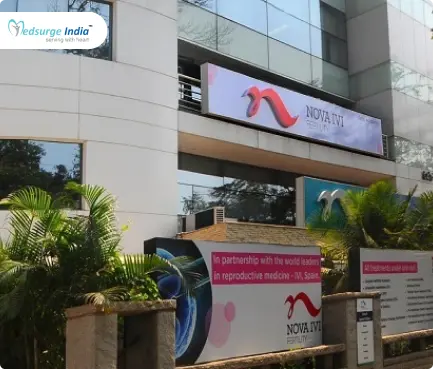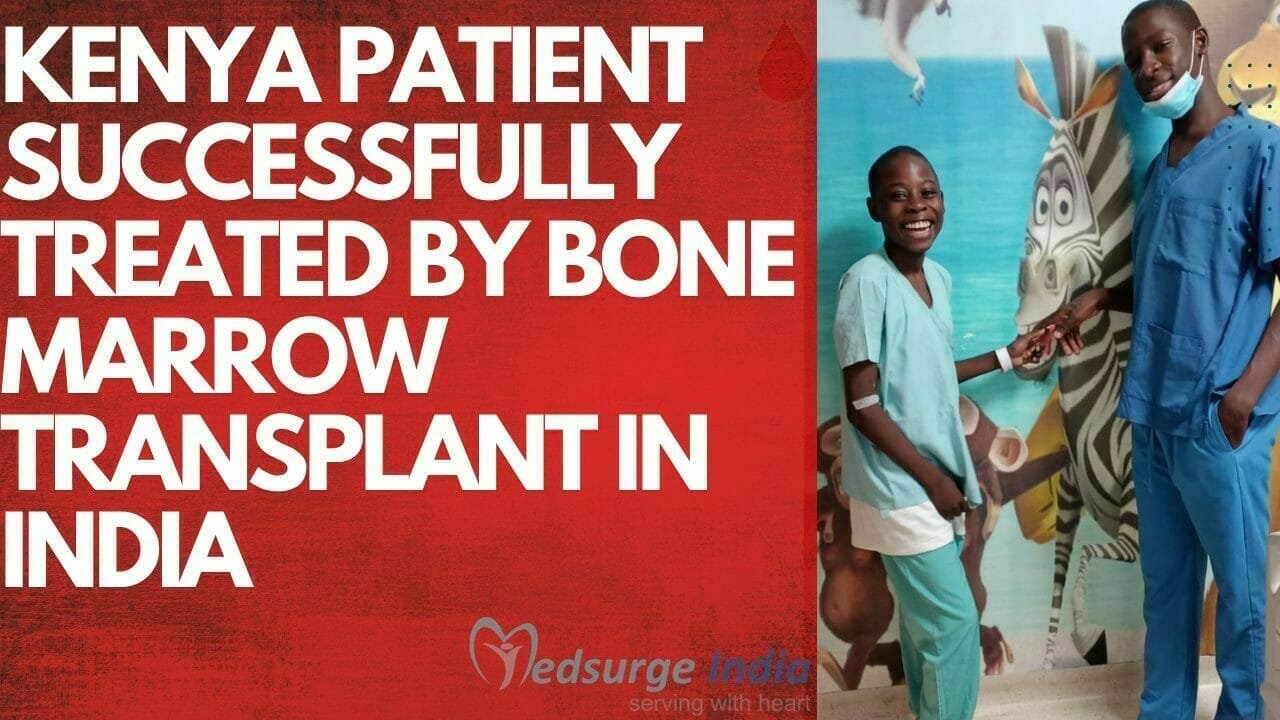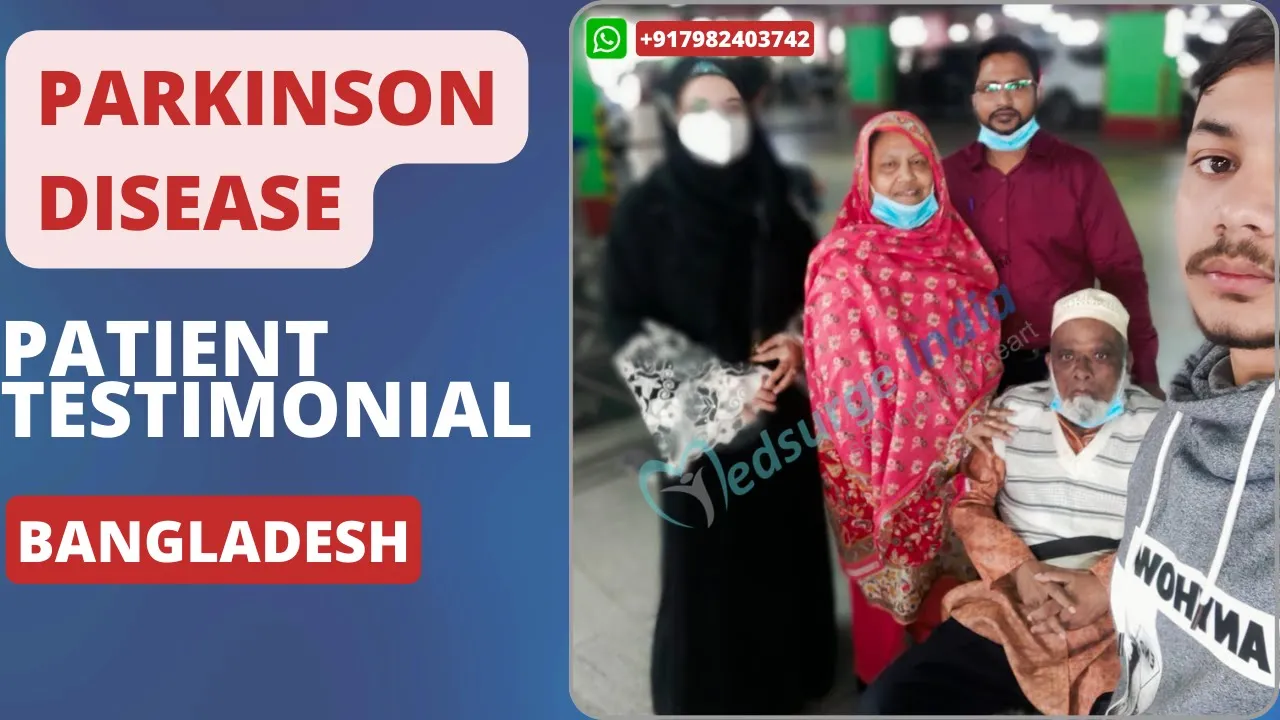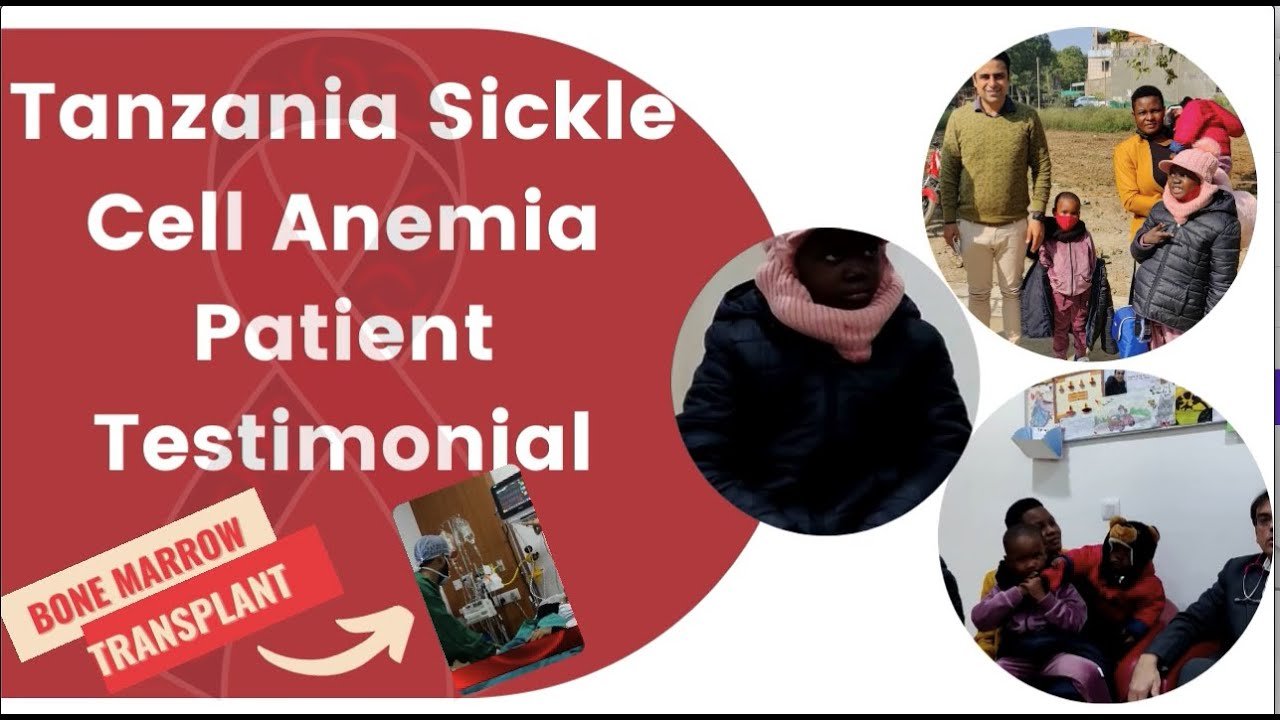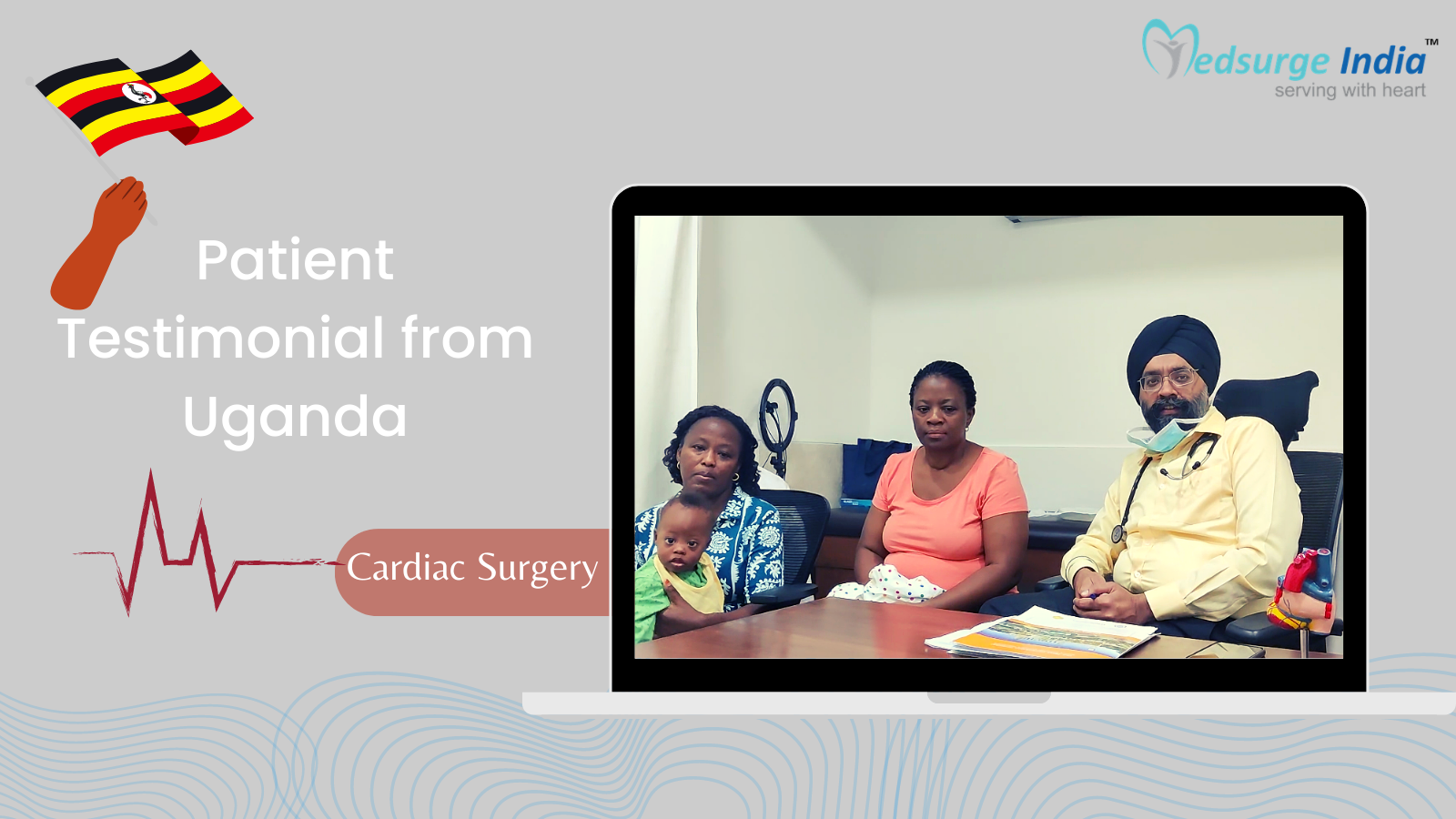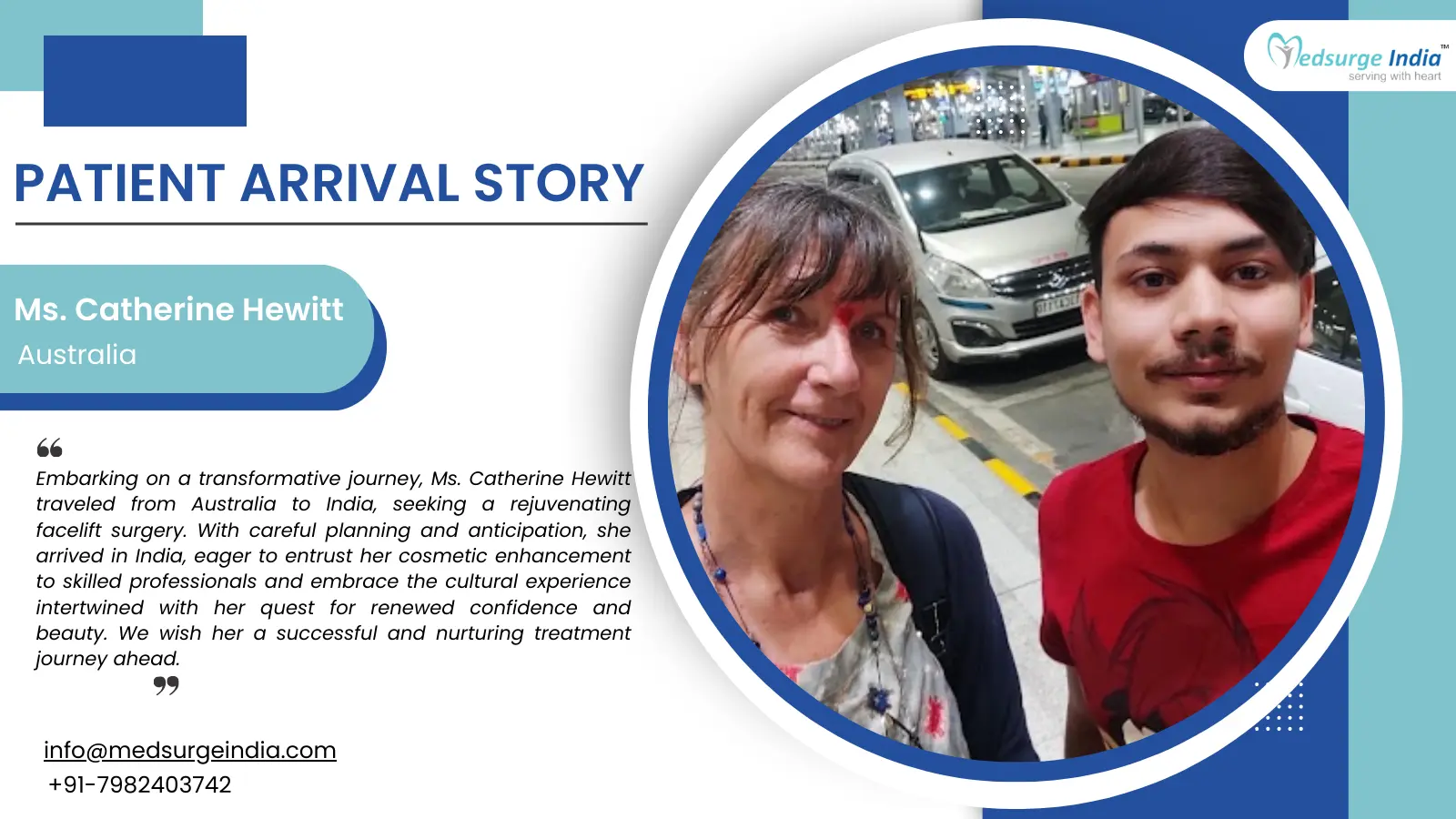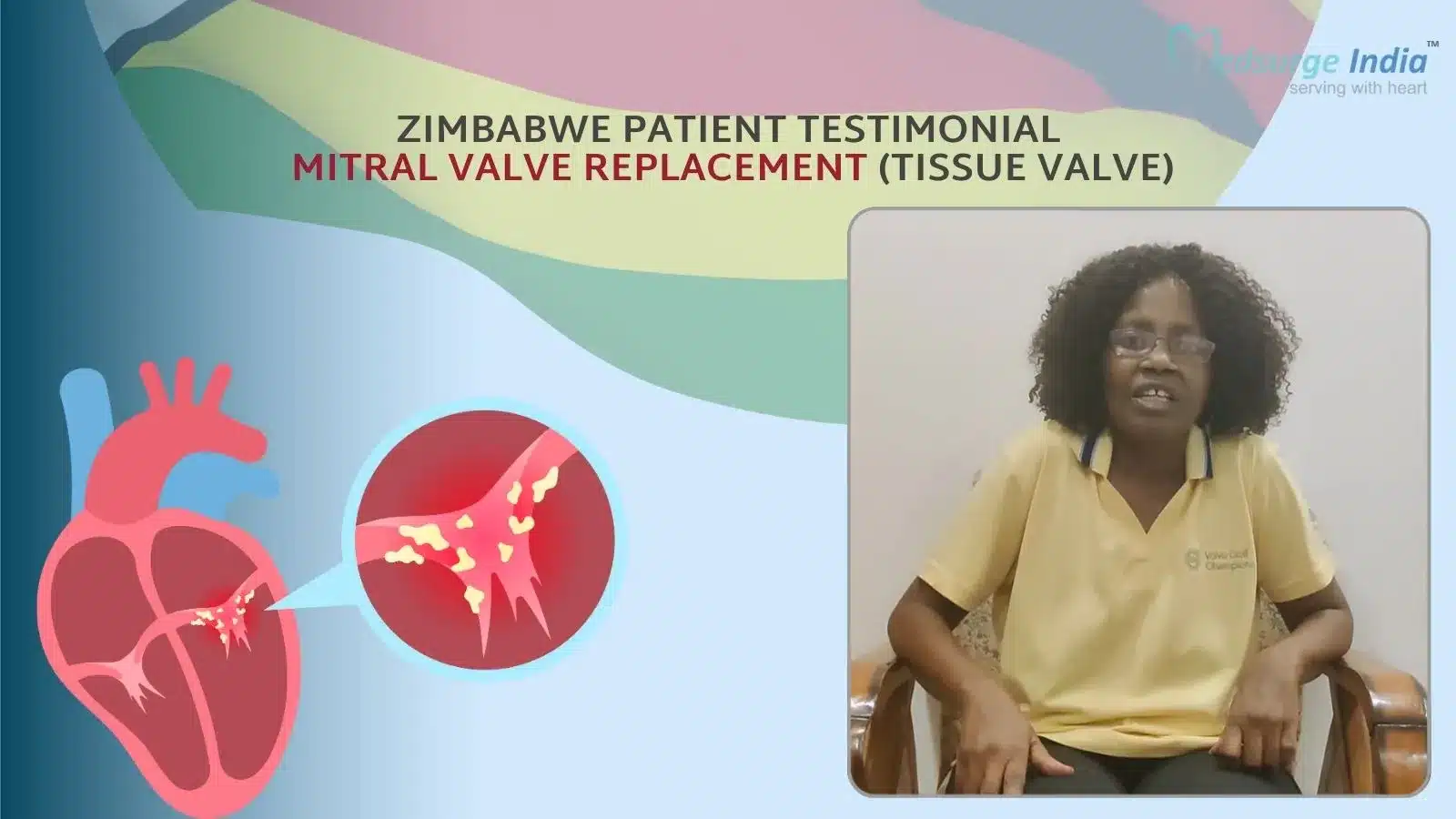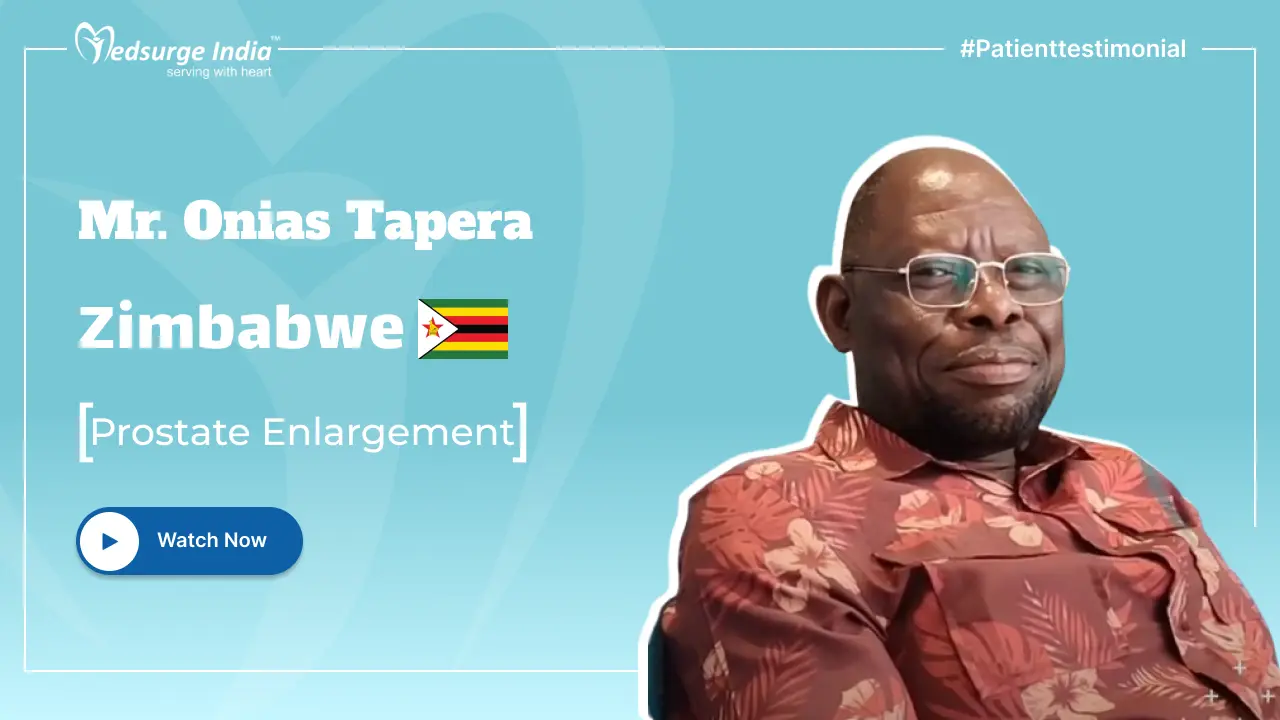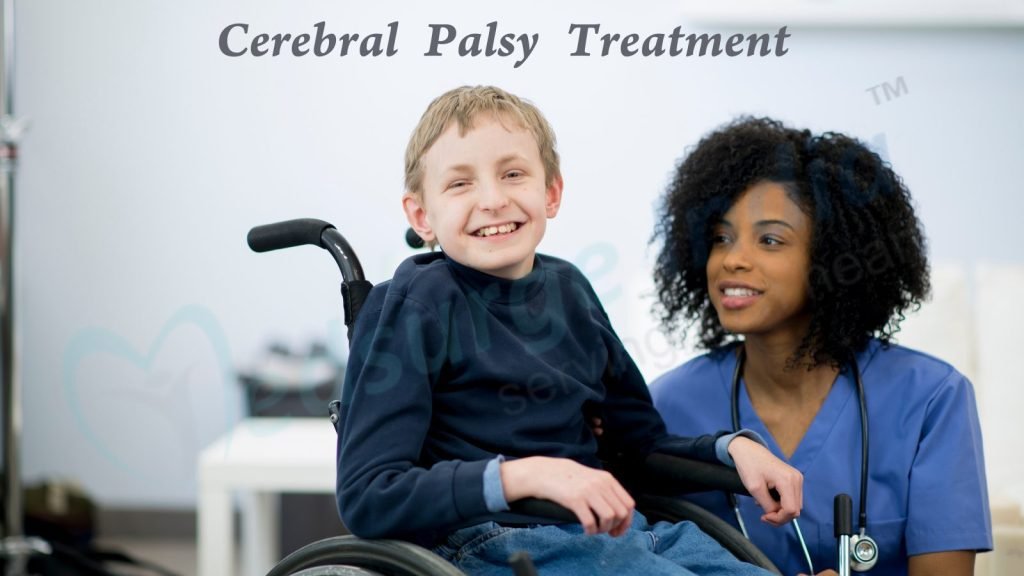
The term “cerebral” signifies a connection to the brain. The term “palsy” refers to a condition in which the body’s movement is restricted. Cerebral Palsy (CP) is a mobility and posture disorder that manifests in toddler or early childhood and is caused by brain injury.
The signs and symptoms of Cerebral Palsy vary from one individual to the next. A person with severe CP may require special apparatus to walk or may be unable to walk at all, necessitating lifelong care. A person with mild CP, on the other hand, may walk awkwardly but not require any extra assistance. Though the exact symptoms of CP can fluctuate during a person’s lifetime, the condition does not worsen.
Movement and posture are issues for all people with CP. Many people additionally suffer intellectual disabilities, seizures, visual, hearing, or speech issues, abnormalities in the spine such as scoliosis, or joint problems (such as contractures).
What is Cerebral Palsy?
Cerebral palsy is a term used to describe a collection of non-progressive brain malformation conditions that impact a person’s movement and posture. Damage to the developing brain occurs during pregnancy or shortly after the birth of the baby, resulting in a lifelong physical problem. One of the most prevalent physical disorders in children is cerebral palsy (CP).
Limited mobility, stiffness, limb weakness, shakiness, poor coordination, and balance are some of the movement issues that children with the cerebral palsy face. Other issues that it can cause include vision, hearing, speech, learning, epilepsy, and cognitive thinking.
How Many Types of Cerebral Palsy Are there?
Cerebral palsy (CP) is classified according to the following factors:
Affected organs and parts of the body
- Quadriplegia- All four limbs are afflicted, both arms and both legs. Trunk, face, and mouth muscles may also be implicated.
- Hemiplegia- The arm, leg, and trunk are all affected on one side of the body.
- Diplegia- Both arms or both legs are afflicted.
- Monoplegia –It is a condition in which only one arm or leg is afflicted.
There are several types of Cerebral Palsy, each of which affects different regions of the brain. Each type produces different types of mobility problems. The following are the several sorts of CP:
- Spastic Cerebral Palsy
- Dyskinetic Cerebral Palsy
- Hypotonic Cerebral Palsy
- Ataxi Cerebral Palsy
- Mixed Cerebral Palsy
Cerebral Palsy Treatment Cost in India
Cerebral Palsy Treatment Cost in India on average starts from USD 1200. Note that, the price mentioned is only for the treatment. Other factors will also depend on the total cost of the treatment for Cerebral Palsy Treatment in India.
Reminder: The cost and treatment options for Cerebral Palsy Treatment Cost in India may differ based on the patient’s preferences and other factors.
Factors That Can Affect Cerebral Palsy Treatment Cost in India
Several factors can also affect the cost of Cerebral Palsy Treatment in India Here are some of the factors that can affect Cerebral Palsy Treatment Cost in India:
- Medication costs.
- Patient Condition.
- Duration of treatment.
- Geographical location.
- Hospitalization expenses.
- Government policies and subsidies.
- Medical tourism packages.
- Hospital reputation and infrastructure.
- The expertise and experience of medical professionals.
- The type and frequency of diagnostic procedures.
- The choice of treatment modality.
Cerebral Palsy Treatment Cost in India offers exceptional medical services and facilities to patients who come for treatment in India also their facilities rival those of well-known healthcare centers worldwide. Accommodation, meals, and transportation expenses are also covered.
We at, Medsurge India ensure that patients will receive the most affordable Cerebral Palsy Treatment Cost in India and with the expertise of highly qualified doctors. Furthermore, a foreign patient can save up to 30-40% of the cost in India when compared to their native countries.
What Are The Symptoms of Cerebral Palsy?
Early symptoms of cerebral palsy can be seen in children as young as one year old. Sucking/feeding challenges, neck control problems, sitting without support problems, rolling, crawling, grasping problems, and other basic motor functions problems are frequently the first signs of cerebral palsy.
The Following Are Signs That Can Be Seen at a Young Age-
When the Youngster Is Under the Age of Six Months:
- When taken up, head and neck control is difficult.
- When taken up, the baby’s stiff legs cross or scissors.
- Trembling in the arms or legs
- Having difficulties in sucking or feeding
- Hypotonia or a ‘floppy body’ is caused by a lack of muscle tone. In children with CP, abnormal muscle tone manifests itself as stiff or inflexible muscles.
When the Youngster Is Older Than Six Months:
- When lifted up, there is a lack of head control.
- Use one side of the body more than the other: reach with one hand while holding the other in a fist.
- Rolling over without assistance is difficult.
- Upper limb movement and bringing them together are difficult.
- Crawling asymmetrically and pulling the other side of the body unable to sit or stand without assistance.
- Absence of a response to one’s own name.
- Makes no rambling sounds and just says single words like’mama’ or ‘papa.’
the Following Are Some of the Most Common Physical Signs of Cerebral Palsy:
- Upper and lower limb deformities that result in a bent wrist, closed fist, or inflexible flexed elbow
- Hypotonia is severe malnutrition characterized by a floppy physique.
- Walking is difficult.
- Breathing difficulties as a result of weak neck control and reduced immunity.
- Poor vision and hearing, as well as cognitive challenges, are examples of sensory issues.
- Pain, hip displacement, non-ambulation, speech issues, seizures, behavioral abnormalities, poor bladder control, altered sleep cycles, visual and hearing impairments, and difficulty eating are some of the other symptoms that may develop in some children.
What Are the Causes of Cerebral palsy?
Brain damage can result from an aberration that happens during brain development during the fetal stage (pregnancy), during birth, or after birth. Cerebral palsy can come from a variety of different sources of brain injury.
In the vast majority of cases, the actual causes of Cerebral Palsy are unknown. The following are some of the possible causes:
Prior to Birth
- Blood or oxygen delivery to the fetus is reduced.
- Cytomegalovirus, rubella, chickenpox, or toxoplasmosis infection in the mother
- During pregnancy, there is a trauma or injury to the baby’s head.
- Down’s Syndrome and Rett Syndrome are examples of congenital disorders.
During the Birthing process
- In the case of a difficult birth, asphyxia refers to a lack of oxygen supply to the brain.
- A type of brain infection occurs known as Meningitis.
- During vacuum delivery, a significant head injury or trauma occurs.
- Choking or nearly drowning, resulting in brain oxygen deprivation
- A significant reduction in blood sugar
- Sudden obstruction of blood flow in the brain causes a stroke.
Following the Birth
- A concussion or hemorrhage is caused by a head injury caused by an external trauma after birth.
- An infection of the brain, such as encephalitis or meningitis.
Risk Factors
- Because the fetus has not fully grown, kids born at 32 weeks or early have an increased chance of brain injury.
- A low-weight baby is born.
- Pregnancies in multiples (or twins)
- Mothers who are 35 years old or older.
- The mother’s blood pressure is unusually low or very high.
- Pregnancy exposure to drugs and alcohol, stress, and heavy metals, particularly mercury poisoning from fish.
Get Free Cost Estimation
Procedure
How Diagnosis of Cerebral Palsy is done?
If your family doctor or pediatrician suspects your kid has cerebral palsy, he or she will assess your child’s signs and symptoms, track his or her growth and development, review his or her medical history, and perform a physical examination. Your doctor may recommend you to a pediatric neurologist, pediatric physical medicine and rehabilitation specialist, or a child developmental specialist who specializes in treating children with brain and nervous system disorders.
In order to make a diagnosis of cerebral palsy, your doctor may prescribe a series of tests to rule out the possible reason for the disorder. The use of brain-imaging technology can reveal areas of injury or aberrant brain development. The following are examples of possible tests:
- Cranial Ultrasound
- MRI
What Is Stem Cell Therapy?
Stem cell therapy is a type of cellular therapy that falls under the umbrella of Regenerative Medicine, a futuristic discipline of medicine concerned with the process of repairing or regenerating damaged tissues in the body.
Stem cells are undifferentiated, primitive cells with the ability to transform into any other cell type with specialized activities. They are distinct in two ways: they reproduce indefinitely to form new cells (self-renewal) and they develop into specialized cells such as muscle cells, heart cells, brain cells, and others.
Stem cell treatment takes advantage of stem cells’ unique properties to treat or prevent medical diseases from worsening. There are three basic types of stem cells that can be employed in research:
Embryonic Stem Cells (ESCs)
ESCs are cells identified in a 5-7-day-old developing embryo. These stem cells are pluripotent, which means they can transform into any other cell type in the human body.
Adult Stem Cells
These cells can be found in every human’s tissue. They have progressed through the embryonic stage. These are multipotent cells that can only differentiate into a small number of distinct types of cells. Adult stem cells have the ability to regenerate and fix damaged tissues in the body. They can be extracted from particular bones, such as the bone marrow of the hip bone.
Umbilical Cord Stem Cells
After a baby is born, the umbilical cord is discarded, and stem cells are extracted from it. After delivery, mothers can donate the cord, which is then kept in cord blood banks for future need.
Cells for Stem Cell Therapy Can Come from Two Sources:
Autologous
For transplantation, autologous stem cells are obtained from the patient’s own body. The advantages of this procedure are that it eliminates the possibility of rejection by using own cells, and it reduces the risk of adverse effects.
Allogeneic
The stem cells are taken from a donor and then put into the patient. Before harvesting the cells for transplant, the donor must be screened for genetic compatibility. For this type of transplant, umbilical cord stem cells can also be employed.
What Are the Treatment Options for Cerebral Palsy?
Treatment aims to alleviate limitations and avoid problems. Assistive devices, drugs, and surgery are among options for treatment of Cerebral Palsy
Assistive Aids
- Eyeglasses
- Hearing Aids
- Walking Aids
- Body Braces
- Wheel Chair
Medications
- The first-line treatment for Cerebral Palsy is usually oral anticonvulsants and muscle relaxants. Your doctor may advise you to take:
- Diazepam (Valium)
- Dantrolene (Dantrium)
- Baclofen
- Tizanidine (Zanaflex)
Your doctor may also recommend botulinum toxin type A (Botox) injections or intrathecal baclofen therapy, in which the medicine is given through an implanted pump.
Surgery
- Orthopedic surgery can help with pain relief and movement. It could also be required to loosen tense muscles or rectify bone deformities caused by spasticity.
- SDR (selective dorsal rhizotomy) could be used as a last option to relieve persistent pain or stiffness. It entails severing nerves near the spinal column’s base.
Other Treatment
Other approaches for Cerebry Palsy treatment include:
- Speech-language therapy
- Physical therapy
- Occupational treatment
- Recreational therapy
- Psychotherapy
- Consultations for social service
Despite the fact that stem cell therapy is being investigated as a possible treatment for CP, research is still in its early phases.
Top Neurosurgeons in India
The Most Important Frequently Asked Questions
Q: Is Cerebral Palsy a Congenital Disorder?
A: Not exactly. Cerebral palsy may be caused by a genetic defect, but it does not pass down normally from generation to generation. However, several events that occur throughout the delivery process can have a significant impact on a child’s chances of developing cerebral palsy. As a result, parents must exercise extreme caution during pregnancy to avoid any such complications.
Q: Why Is Stem Cell Treatment Better Than Conventional Treatments?
A: The traditional treatment is extremely intrusive and focuses solely on suppressing symptoms with the use of steroids and other drugs. It also does not provide long-term relief from the symptoms of cerebral palsy. It has adverse effects that are as obvious as the favorable results, thus it isn’t a complete approach to treating cerebral palsy patients. Because stem cell therapy tries to repair the damage done to the brain, the effects are better and faster. Aside from that, the treatment has no negative effects on the patient.
Q: Are Premature or Low Birth Weight Babies at a Higher Risk of Cerebral Palsy?
A: Yes. Cerebral palsy is more common in premature and low birth weight babies because they are more vulnerable to birth injuries and brain damage. Modern medical research has significantly aided in preventing such damage, but such babies still fall into the high-risk category.
Q: Would a Mother’s Medical Condition Increase the Chances of Cerebral Palsy for the Child?
A: Yes, a mother’s medical situation can have a significant impact on her kid, and women with mental retardation, seizure problem, or thyroid dysfunction are categorized as high-risk.
Q: What Treatment Will Follow After the Therapy?
A: Cerebral Palsy treatment does not follow the same pattern for all children. Greater improvement is shown after stem cell therapy for cerebral palsy when it is followed by subsequent rehabilitation. After a complete medical evaluation, this may incorporate both traditional and innovative techniques that are individualized for each child. Physical therapy, occupational therapy, speech therapy, aquatic therapy, art-based therapies, and group/motivational classes are some of the therapies that are used after stem cell treatment.
Top Hospitals for Cerebral Palsy Treatment in India
Top Doctors for Neurology And Neurosurgery
Dr. Mathew Abraham
Senior Consultant , MBBS, MD, DM
Experience: 33 years of experience
Kolkata, India
Dr. V. P. Singh
Chairman , DNB, MCh, MBBS
Experience: 31 years of experience
Medanta - The Medicity, Gurgaon
Gurgaon, India
Dr. Deepak Aiwale
Consultant
Experience: 11 years of experience
Reliance Hospital, Navi Mumbai
Mumbai, India
Dr. Selvapandian S
Consultant
Experience: 21 years of experience
Apollo Specialty Hospital Vanagaram, Chennai
Chennai, India
Dr. Bharat P Sarkar
Consultant
Experience: 10 years of experience
Manipal hospitals Life’s On, Whitefield
Bangalore, India
Dr. Chandran Gnanamuthu
Senior Consultant
Experience: 38 years of experience
Fortis Hospital, Bangalore (Bannerghatta Road)
Bangalore, India
Dr. Dhiyanesh Krishnamoorthy
Consultant
Experience: 11 years of experience
Manipal hospitals Life’s On, Jayanagar
Bangalore, India
Dr. Joshy E V
Senior Consultant
Experience: 34 years of experience
Brains Neuro Spine Centre, Bangalore
Bangalore, India
Dr. Hemant Bhartiya
Director
Experience: 34 years of experience
Fortis Escorts Hospital Jaipur
Jaipur, India
Dr. Rupant Kumar Das
Consultant
Experience: 21 years of experience
AMRI Hospital, Kolkata (Dhakuria)
Kolkata, India
Dr. Rajiv Anand
Director , MBBS, MD, DM
Experience: 36 years of experience
BLK Super Speciality Hospital, New Delhi
New Delhi, India
Dr. Avinash K M
Consultant
Experience: 12 years of experience
Manipal Hospital Formerly Columbia Asia Referral Hospital, Bangalore (Yeshwanthpur)
Bangalore, India
Dr. Paresh Kishorchandra Doshi
Director
Experience: 30 years of experience
Apollo Spectra Hospital, Chennai
Chennai, India
Dr. Rohit Bansil
Associate Director
Experience: 14 years of experience
BLK Super Speciality Hospital, New Delhi
New Delhi, India
Dr. Balamurugan M
Consultant
Experience: 21 years of experience
Apollo Hospitals, Greams Road, Chennai
Chennai, India




